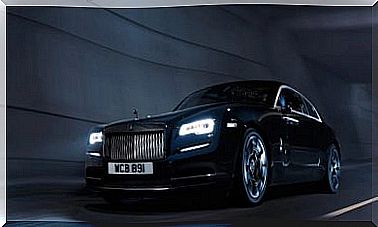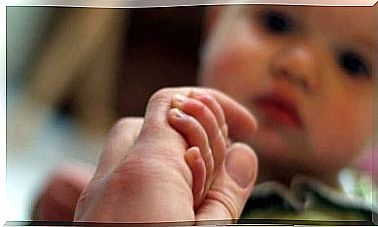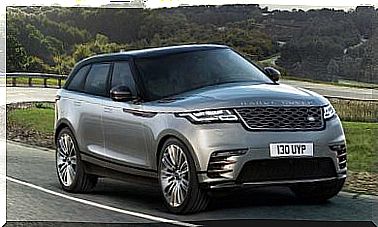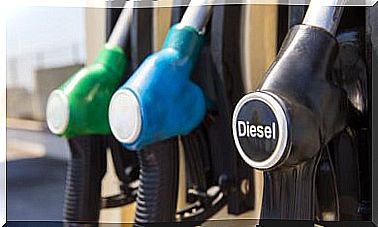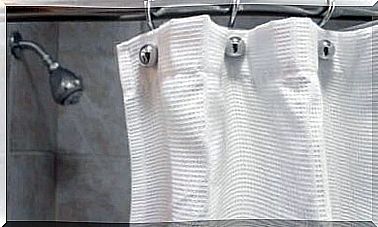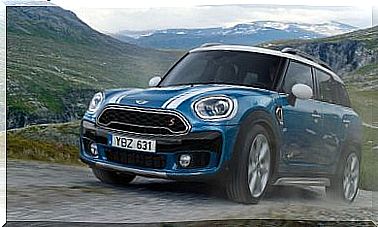Examples Of The Same Car, Different Make
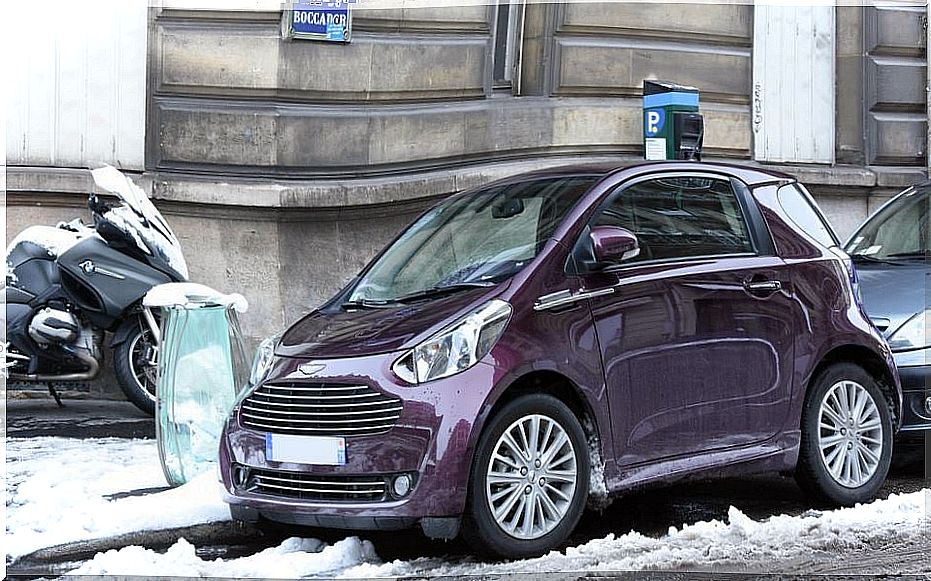
It is an extremely common practice within the vehicle industry. Not just within big conglomerates like PSA or VAG, but also between seemingly rival companies.
The main objective of the same different brand cars is to reduce as much as possible the enormous costs involved in the production of a new model. Especially in its design and development phase.
Types of alliances and agreements
The most frequent cases are between brands that belong to the same parent company. After all, these companies not only belong to the same group, but sometimes share the same human and technical teams.
In this way, the same model is sold not only under different names and labels, but also in various segments of the public. It is a practical and effective solution for large manufacturers.
Another recurring practice is the agreements between “rival” companies, to develop specific models. These alliances can include not only the contribution of monetary capital, but also technology transfers.
Purchasing the licenses is the other method that leads to examples of the same different make car. This operation usually occurs when small companies do not have the financial or technological resources to continue updating certain models.
Common platforms
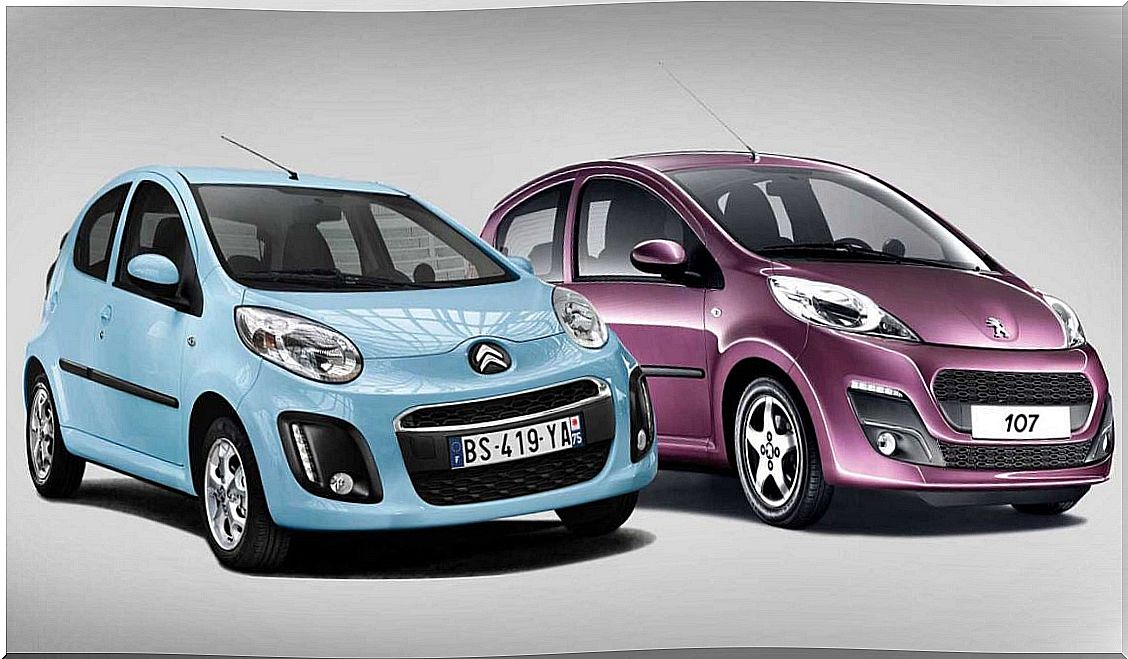
With the growth of automotive groups, many brands have come under the umbrella of large companies. In addition to ensuring a significant expansion and increasingly high market levels, the ultimate goal of these business groups is to standardize processes to reduce costs.
In the vehicle industry, this type of agreement and agreement has led to the development of platforms that serve as the basis for a good number of models.
In many cases, the collaboration extends to vehicles as seemingly different as small utility cars and large crossovers. This has also allowed the arrival of information and entertainment systems to models of low and medium ranges.
For example, Renault-Nissan uses the CMF C / D (Common Module Family) in several of its current cars. In addition, they ensure that in the not too distant future, 70% of their new models will travel on this modular system. The same policy has been applied by the PSA group and its EMP2, or by VAG and the MQB / B platform.
Specific examples of the same car different brand
Many of the examples of the same different make car have been a success for all parties involved. Although there are also the huge failures. Here are some examples:
Citroën C1 – Peugeot 107 – Toyota Aygo
It is a small passenger car in segment A, on the market since 2005. The whole car is the result of joint work between the designers and engineers of the conglomerates of France and Japan. Its assembly process takes place in Kolín, Czech Republic, in a factory owned by the PSA group.
Aston Martin Cygnet – Toyota IQ
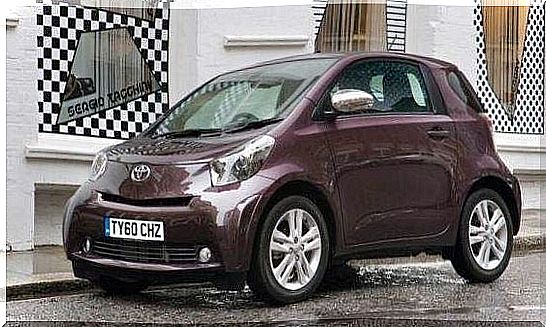
It is the example of a failure of great proportions. The British automaker launched this micro car for sale in 2011, after buying the rights of use from the Japanese company.
Beyond any commercial strategy, Aston Martin acted with the urgency of being able to comply with the community emission control regulations, in force since 2012.
After sales fell well below expectations, the Cygnet disappeared in 2013 ; This premature withdrawal was due to its high price. Only important difference from other Japanese models.
Nissan Terrano – Ford Maverick II
This three- or five-door SUV was a major success for Nissan, but a total failure for Ford. This despite the fact that it was a clear example of the same car from a different brand.
With the emblem of the Japanese company, this vehicle was marketed between 1993 and 2006; a few years later, in 1998, the American brand canceled its participation.
Dacia Duster – Nissan Terrano – Renault Duster
The Terrano came back to life in 2010, now based on the Dacia Duster. The new version, currently available at dealerships, rolls on the BO platform, developed by Nissan for compact cars.
Renault also markets this SUV as the Duster Oroch, a four-door Pickup version with room for five passengers.
Santana 2500 – Land Rover Defender
The defunct Linares automaker, Santana Motors, produced the famous Santana 2500 between 1984 and 1994 . It was a proprietary version of the Land Rover Defender, which until 1984 was marketed in Spain as Land Rover Santana.
This company closed its production line because it could not cope with the innovations of the Nissan Patrol or the Mitsubishi Montero. Nor to the improvements and additions of the new versions of its older brother and main competitor, the Defender .



